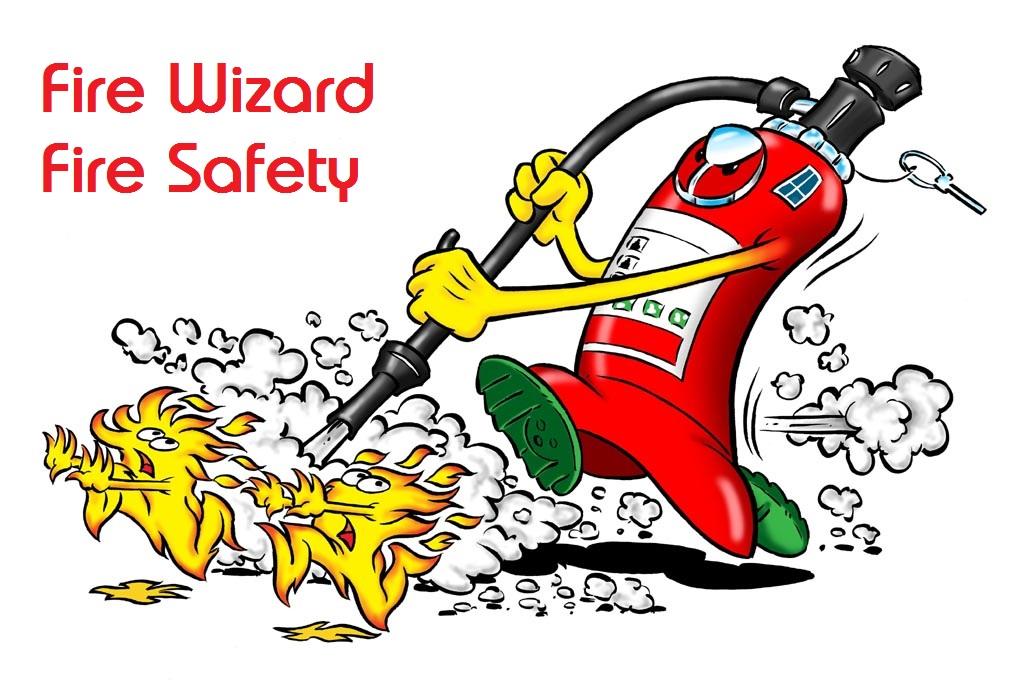-
Posts
2,704 -
Joined
-
Last visited
Everything posted by AnthonyB
-
Already answered this on Firenet. It can be done in some circumstances.
-
No less than 2. The number of sounder circuits is dictated in part by the loading. If you use a 2 wire system you would in effect have 4 circuits.
-
No, to comply with the maintenance standard it's all fittings.
-
No, they wouldn't need to be aware as they would be protected by the compartmentation present
-
Not really anything amicable if they won't remove it after friendly conversation. Civil legal action for eviction is the usual route, although the keeping of animals may breach bye laws so the Local Authority may get involved (if they have the resources spare!). Not sure on the legalities regarding moving the fencing himself, they would need to consult a lawyer regarding what would be lawful and what would be criminal damage without a court order.
-
If purpose built after the 60's it would usually have solid concrete construction as per the CP3 guidance which was in place until 1991 - however as a small block it didn't have to follow this so could be wooden under-drawn with plasterboard. Small blocks can also be of 30 minutes fire resistance, not 60 and still be stay put. A type 3 Fire Risk Assessment would not intrusively assess the block, instead it would be a non intrusive inspection of the common areas and flat front doors (as in a Type 1 FRA to comply with the Fire Safety Order) with the addition of the interior of the flats (for Housing Act compliance) To fully assess compartmentation a type 2 intrusive FRA would be required for the common parts or exceptionally a type 4 (common & flats)
-
Only if they had a specific role such as fire warden - even then the training could be delivered in house.
-

How can you stop children from a childcare centre leaving through a fire exit?
AnthonyB replied to a topic in Fire Exits
Is this a gate from an external yard so people would already have left the building? Depending on the layout of the premises and external areas, proximity of building to external travel routes, structural fire protection etc, it could be fine, there are many factors to consider -
A full evacuation can be simultaneous or phased. The former has everyone leave at the same time, the latter staggers (usually by 2 floors at a time) and is used often in bigger taller buildings where it's impractical to load the stairs with everyone at once. In both cases you are evacuating as soon and quickly as practicable in the initial stages of an incident. With stay put you do not intend to evacuate at all unless affected by the fire or requested in the latter stages of an incident by the fire service. Your set up is not compliant as you cannot evacuate simultaneous - how do you know there is a fire in the first place? Your alarm set up is for stay put only - only the flat on fire would have alarms sounding and no one else in the block would have an alarm - the audibility of the flat alarms would only be loud enough for the life safety of the occupiers of that flat alone. If your block is genuinely poorly built or altered to such a extent everyone has to get out in one go it must have a common system that also provides some sounders & detection in the flats as described above. If, as I suspect, it's OK,then you should have a stay put policy and need no further alarms.
-
True! - and the ext mechanism signed to - if you used what I suggested then the signs you would need would be: The turn to open would need a clockwise or anticlocwise arrow dependant on which way you have to turn the latch - obvious I know, but sometimes forgotten!
-
No there aren't, but with less than 60 persons it doesn't need to open outward or be 'panic proof', the below would be acceptable: https://www.ironmongerydirect.co.uk/product/easi-t-escape-nightlatch-kit-191471 As an external door unless protecting an external escape route (such as an external stair) it doesn't have to be a fire door, which in the fire safety definition is a fire resisting doorset with a minimum resistance to fire (& where required smoke). Your door sounds like a final exit,i.e.a door leading from the premises to a place of safety, so as long as it's sturdy enough for your security needs you need only change the door furniture and not the whole door.
-
No - a purpose built block can be almost any size without a fire alarm. Modern blocks will have smoke detectors to open smoke vents to stairs and long corridors/lobbies (which are often also connected to sounders and manual fire alarm call points even though they needn't be and shouldn't be) but not fire alarm systems for full escape. A common alarm system for full evacuation would usually be to the commercial fire alarm standard BS5839-1 with manual call points (break glass units), smoke detection to the common areas, heat detectors to the flat lobbies and alarm sounders to the common areas and flats lobbies, all connected to control and indicating equipment: This is different equipment to the residential fire alarm standard BS5839-6 which you would see in your flat, consisting of self contained smoke and heat detectors with integral sounders and fed off the mains with a battery back up and often (not always) linked together with bell wire or via radio link:
-
Thanks Tom! Never seen it before - you should get 30 minutes Fire Resistance from a intact panel according to the manufacturers..
-
Usually needed in places of assembly is what I said - a supermarket is a shop, places of assembly include mostly licensed premises such as theatres, pubs, dance halls, etc that for over half a century have required exit boxes, I think we are getting crossed wires here!
-
Never said that they required maintained internally illuminated exit signs, just places of assembly. However by default all new installations seem to have them, usually a BCO/AI thing, so a requirement for Building Regs. A supermarket can, as I said, have a normal sign as long as there is EL nearby - or just use an exit box instead
-
Depends if the boarding up was done legitimately with Building Control approval, if so brick it up! If unsure ask your Local Authority Building Control office for advise first. Exits through other premises aren't favoured these days so where other precautions can remove the need for them to be retained they are removed. Also if there isn't a legal easement to allow legal travel from one property to another it can be bricked up in any case.
-
It can't be full evacuate without a common alarm that also extends into the flats. It must therefore be stay put. I think your HA need some new fire safety advisers!
-
Your Local Authority Building Control Office. It may be possible, just require the provision of additional fire precautions to the dwelling. It's a bit worrying the architect is not conversant with building regulations though!
-
Depends on the risk assessment - if you needed fire doors you would have to reglaze the whole block too if not fire resistant glazing. It's often not required in this scenario due to being open air
-
Doesn't look convincing.....
-

decibel level of extended fire alarm testing exposure
AnthonyB replied to a topic in Fire Alarm Systems
No excuse for continuous sounding, the engineers should be using the control panel 'walk test' that automatically shuts off the sounders after a few seconds when a device is tested.In some panels the 'walk test' is actually silent so the sounder testing can be left to a particular (although slightly more prolonged) period at the end of the testing -
Glow in the dark signs do not excuse adequate lighting unless part of a full way guidance system and subject to constant exposure to light to stay 'charged' but they are a good selling point for the installers. A standard self adhesive vinyl or rigid plastic exit sign will suffice as long as it has a suitable emergency lighting fitting within 2m producing sufficient light output. Internally illuminated exit boxes are usually needed(& indeed were traditionally a legal requirement for decades)in places of assembly operating in the 'Maintained' mode. They are usually also installed by default in new installations.
-
I'd be minded to upgrade the door and detection as it's directly onto a stair in a sleeping risk building - I wouldn't want to risk a vertical escape route. If it had only been onto a horizontal escape there may have been the possibility of adding detection only initially if it was modern boiler equipment that could accept smoke detection without false alarm risk and upgrading the door set later. Of course both is best as it's difficult to excuse only a single room upgrade as it should hardly be a capital expenditure.
-
From the description I'd need to see it to judge. If the flats are on the rear and have separate entrances it doesn't automatically require a full system but without seeing it couldn't be sure
-
For many years a compliant installation would have had an EL fitting outside each final fire exit and to external stairs, but the 2017 update to the standards now includes cover to the external route to a place of ultimate safety. It's not automatically retrospective, but Fire Risk Assessments need to judge if the risk by not updating is tolerable or not- some places will need it, others not.

